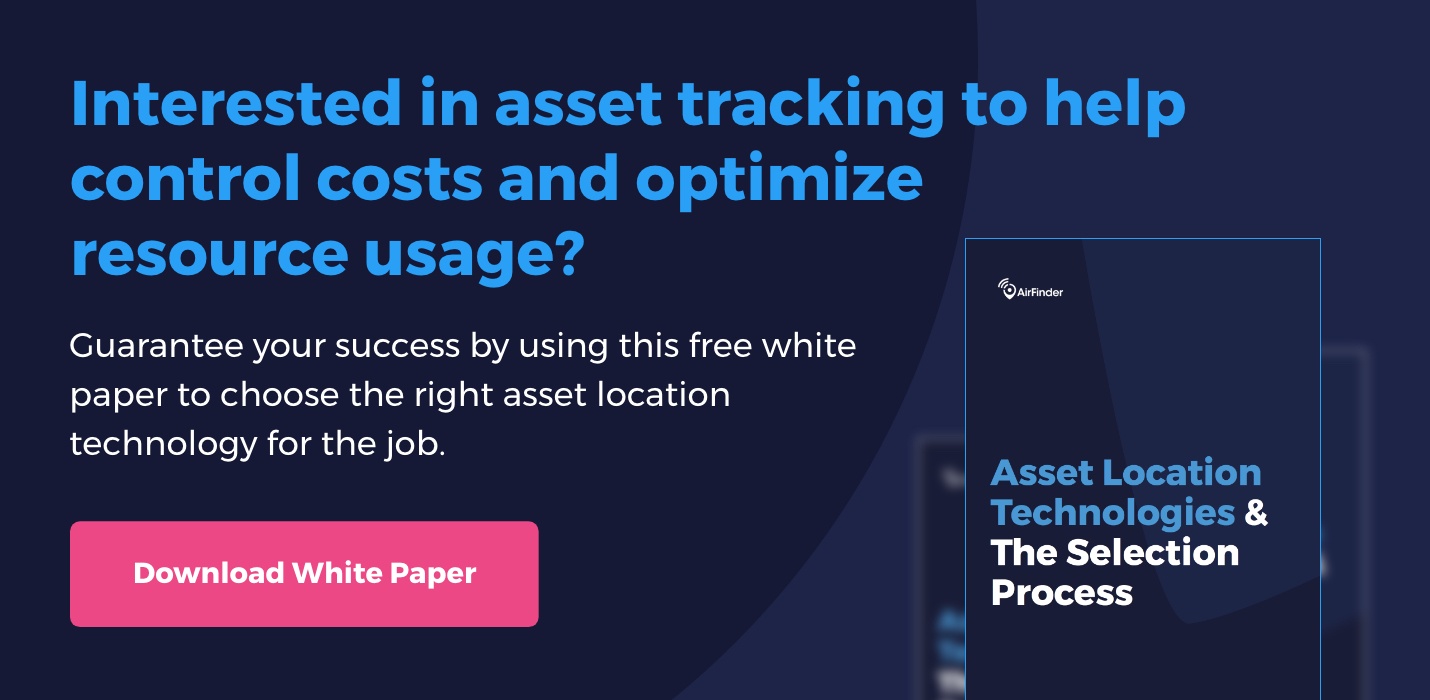Real-time location system (RTLS) software translates location data from your real-time location system into digestible, usable data points—so you can locate things quickly, make smart inventory decisions, protect high-value assets, and much more.
The specific functionality you need from real-time tracking software depends on your industry and use case, but any system you consider should offer the following five capabilities:
1. Location
First and foremost, asset tracking software must give you the ability to find what you’re looking for. This is the foundation of real-time location systems. For example, if you’re searching for a high-value piece of equipment in your healthcare facility (like an X-ray machine), you need a simple way to locate it, and fast. The accuracy of the location provided by RTLS software depends on the technology you use, and highly accurate systems often come with more complexity and a higher price tag.
2. Analytics
Analytics—and the ability to manipulate data—provide interesting insights that can be used to better manage your facility. For example, if you’re asked to report on wheelchair usage, good RTLS software will allow you to view the data in a number of different ways. You could see the top 10 locations where wheelchairs are stored; how long, on average, they sit before being used; whether they’re being hoarded in one area of the hospital, etc.
3. Reporting
Reporting capabilities in RTLS software allow you to cull out and examine specific pieces of location or sensing data. For example:
- Where was John at 8 a.m. on the first of the month?
- Who was in room 201 last Saturday?
- How many times does X machine move between floors each week?
This helps you manage tagged people and things, and can help you answer specific location questions related to a particular date or time.
4. Alerting
Setting up your RTLS software to alert you when something of import takes place can make your life a lot easier. For example, inventory managers at manufacturing facilities could set up RTLS software alerts when certain materials are running low. Or if you’re in transportation, you can enhance your risk management practices by receiving alerts if a tagged asset—like a fuel cart at an airport—breaches a defined perimeter.
5. Non-Location Sensor Information
Many real-time tracking software options can interface with other applications to provide additional data points, including temperature, humidity, shock, and vibration. For example, if you’re tracking pallets of egg shipments to ensure correct delivery, it would be advantageous to also know about crate temperature and any disruptions during shipping, like whether the crate is dropped or shaken during its commute. This valuable information could lead to better vendor management practices, so more eggs arrive at their destinations safely.
Do you need standalone software or a full-stack RTLS solution?
Large enterprises—or companies with complex use cases—may choose standalone asset-tracking software to run a number of tracking and sensing solutions. But many organizations looking for tracking technology are more interested in purchasing a full-stack RTLS solution. If you choose an end-to-end solution, you won’t have to deal with the hassle of integrating the hardware and software, which can be a headache. If tracking technology with long range and simple setup appeals to you, take a look at AirFinder—and let us know if you have any questions




